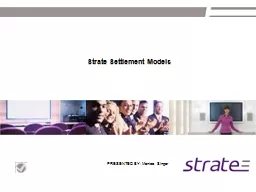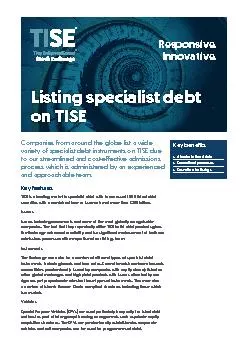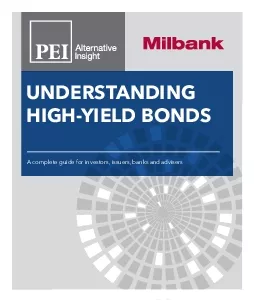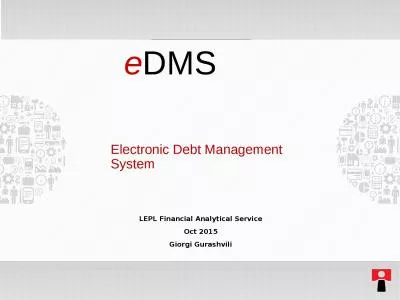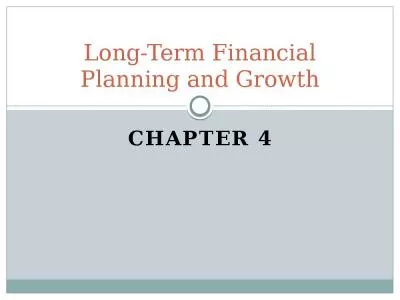PPT-■ describe how characteristics of debt securities cause their yields to vary
Author : calandra-battersby | Published Date : 2018-11-07
demonstrate how to estimate the appropriate yield for any particular debt security explain the theories behind the term structure of interest rates relationship
Presentation Embed Code
Download Presentation
Download Presentation The PPT/PDF document "■ describe how characteristics of debt..." is the property of its rightful owner. Permission is granted to download and print the materials on this website for personal, non-commercial use only, and to display it on your personal computer provided you do not modify the materials and that you retain all copyright notices contained in the materials. By downloading content from our website, you accept the terms of this agreement.
■ describe how characteristics of debt securities cause their yields to vary: Transcript
Download Rules Of Document
"■ describe how characteristics of debt securities cause their yields to vary"The content belongs to its owner. You may download and print it for personal use, without modification, and keep all copyright notices. By downloading, you agree to these terms.
Related Documents

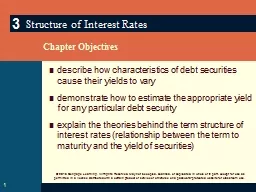

![[Principle Name]](https://thumbs.docslides.com/277634/principle-name.jpg)
